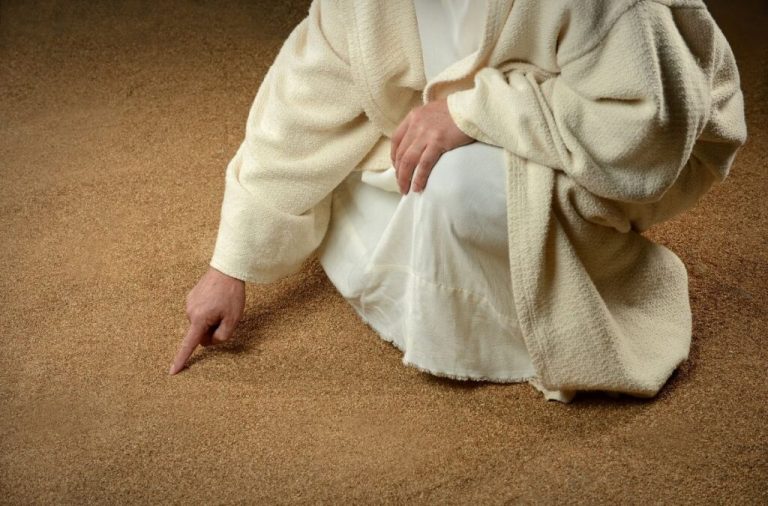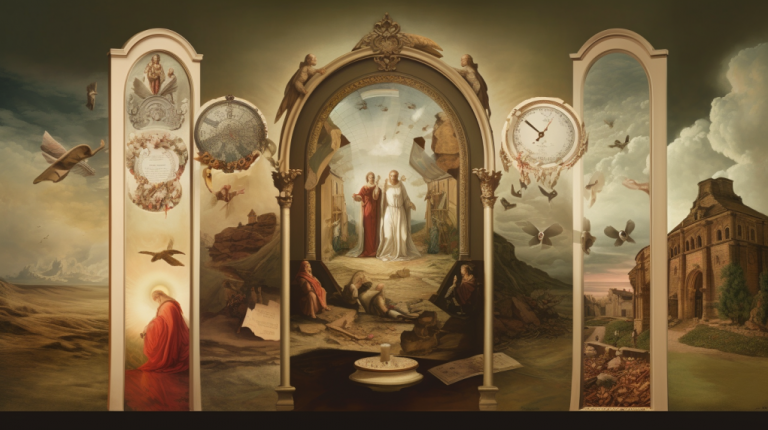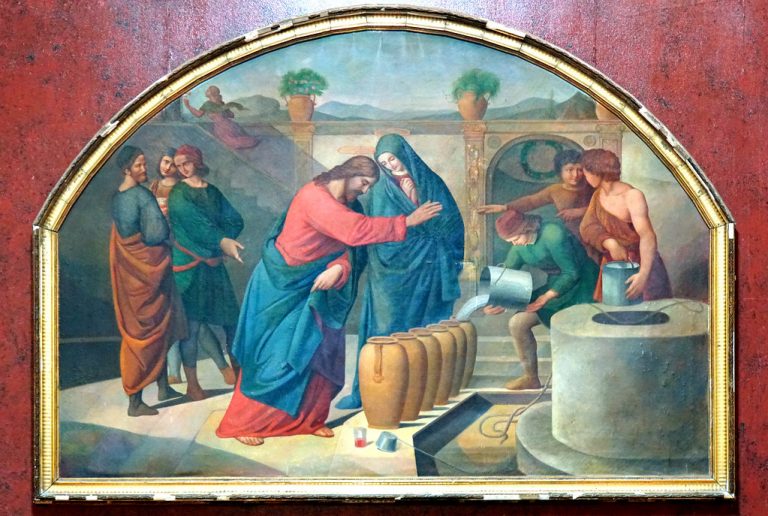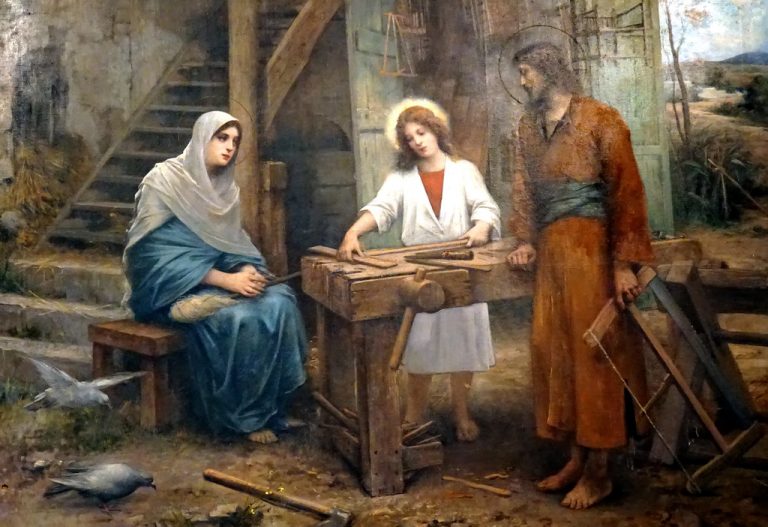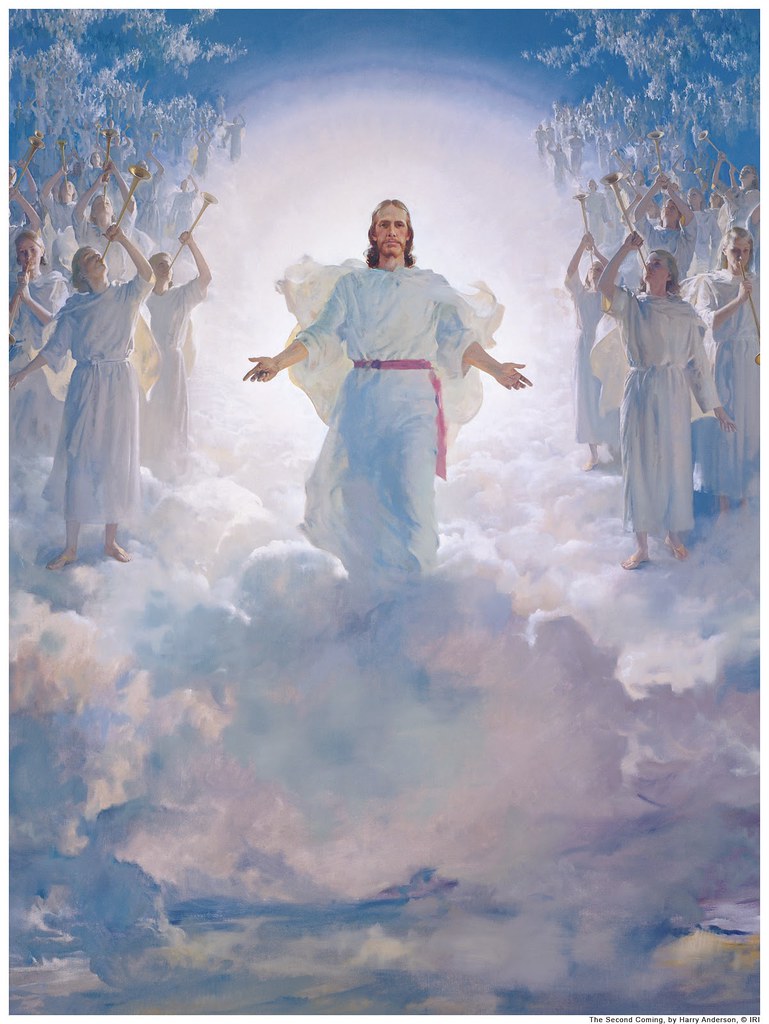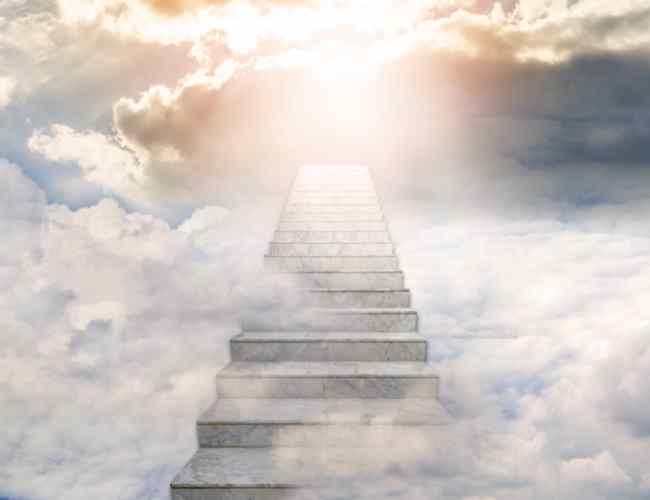What Are The Power And Selection Process Of Catholic Cardinals?
The Catholic Church has a hierarchical structure that is deeply rooted in tradition and history. At the top of this structure sits the Pope, who is considered to be the spiritual leader of the Catholic Church.
However, the Pope is not alone in his role as leader of the Church. He is assisted by a group of cardinals who hold significant power and responsibility within the Church.
Cardinals are appointed by the Pope and serve as advisors to the Pope on matters of faith and governance. They also have the responsibility of electing a new Pope when the current Pope dies or resigns. With 222 cardinals currently serving in the Catholic Church, their power and influence cannot be underestimated.
In this article, we will explore the role and responsibilities of cardinals in the Catholic Church, their eligibility for selection, and the process of electing a new Pope. By examining these factors, we can gain a better understanding of the power and process of Catholic cardinals.
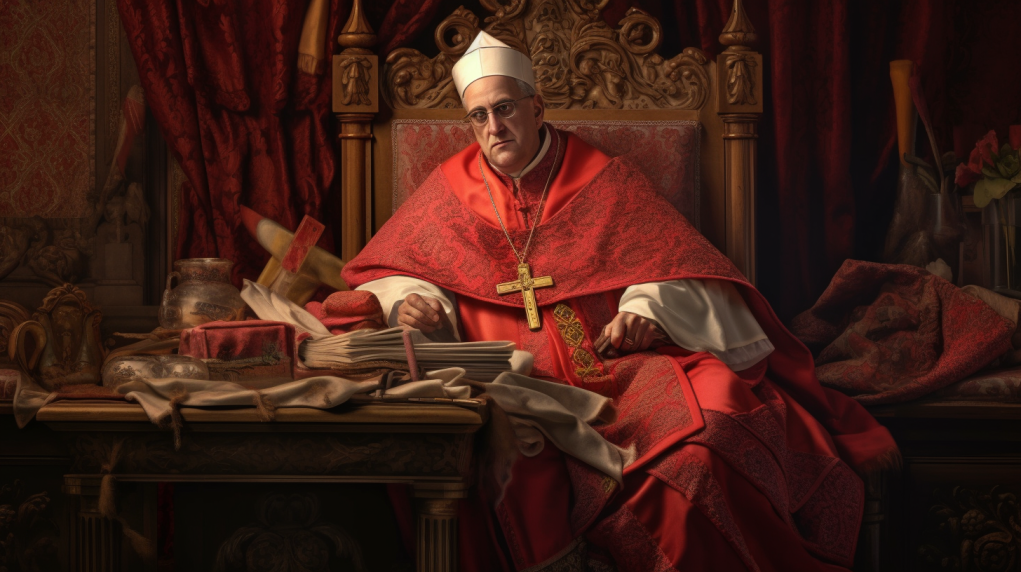
Role and Responsibilities
The role and responsibilities of Catholic cardinals within the ceremonial church are not strictly defined by the Catholic Church. However, they do serve alongside priests and provide counsel to the pope.
Additionally, they may hear confession and lead mass, but do not possess governing powers within their ceremonial church. Catholic cardinals earn an estimated salary of $70,000 per year, which varies based on location and diocese.
One of the most significant roles of Catholic cardinals is to provide counsel to the pope. They are tasked with offering godly, theological, and practical advice to the leader of the Catholic Church.
In addition to providing counsel, cardinals also have ceremonial duties that include association with a particular church in Rome or surrounding areas. While they may hear confession and lead mass, they do not have the power to govern within their ceremonial church.
Despite the lack of strict definition for their role within the church, cardinals play an important role in the leadership hierarchy of the Catholic Church.
Selection and Eligibility
Eligibility to participate in the papal conclave is determined by age and position within the Catholic Church’s hierarchy. According to Canon Law, only cardinals who have not reached the age of 80 at the time of the pope’s death or resignation are eligible to vote in the conclave.
Additionally, only cardinals who hold the position of bishop or are the head of a major archdiocese or diocese can participate in the conclave. This means that priests and other clergy members are not eligible to vote, regardless of their age or position within the church.
The appointment process for cardinals is solely the responsibility of the pope, who selects individuals based on their experience, leadership, and personal qualities.
Bishops and archbishops are typically appointed as cardinals, but the pope may also select other qualified individuals who have made significant contributions to the church.
Once appointed, cardinals are often assigned to a ceremonial church in Rome or surrounding areas, where they provide counsel to the pope and serve alongside other clergy members. The process for selecting the next pope is highly secretive and is governed by strict rules and regulations to ensure a fair and impartial election.
Papal Conclave and Election Process
Participants in the papal conclave must adhere to strict rules and regulations to ensure a fair and impartial election of the next pope.
The process begins with the eligible cardinals gathering in the Vatican’s Sistine Chapel, where they take an oath of secrecy and swear to follow all the procedures outlined in Canon Law.
The cardinals then proceed to vote in rounds, and after each round, the papers are burned to produce smoke signals that indicate the election results.
If no decision is made, black smoke emanates from the chimney, and if a new pope is elected, white smoke is produced.
The election process can take anywhere from several hours to several days, and while the cardinals are sequestered in the chapel, they are not allowed to communicate with the outside world.
This strict Vatican secrecy is to ensure that the election process remains impartial and free from external influence.
Once a cardinal receives a two-thirds majority, he is asked if he accepts the position of the pope. If he does, he chooses a new name and is then presented to the world from the balcony of St. Peter’s Basilica in Rome as the new leader of the Catholic Church.
Conclusion
The Catholic Church’s hierarchical structure provides stability through its leadership, with the Pope at the top and the 222 cardinals playing a vital role in the Church’s governance.
Cardinals are appointed exclusively by the Pope and are ranked just below him in the hierarchy. They are responsible for advising the Pope and governing the Church’s affairs.
Cardinals are also associated with ceremonial churches in Rome, which are a symbol of their rank and status. These churches are known as titular churches, and each cardinal is assigned one as a reflection of their position.
However, their role goes beyond symbolism, as they are responsible for overseeing the administration and maintenance of these churches.
The process of selecting a new Pope is a rigorous and thorough one, governed by canon law. Eligible candidates must be unmarried men who have been ordained as bishops for at least five years. The selection process takes place in a papal conclave, where cardinals under the age of 80 gather to elect the new Pope.
In conclusion, the power and process of Catholic cardinals are integral to the governance of the Catholic Church. Their role in advising the Pope and overseeing the administration of ceremonial churches highlights their importance in the Church’s hierarchy.
The process of selecting a new Pope is a complex and thorough one, reflecting the Church’s commitment to maintaining its leadership structure.
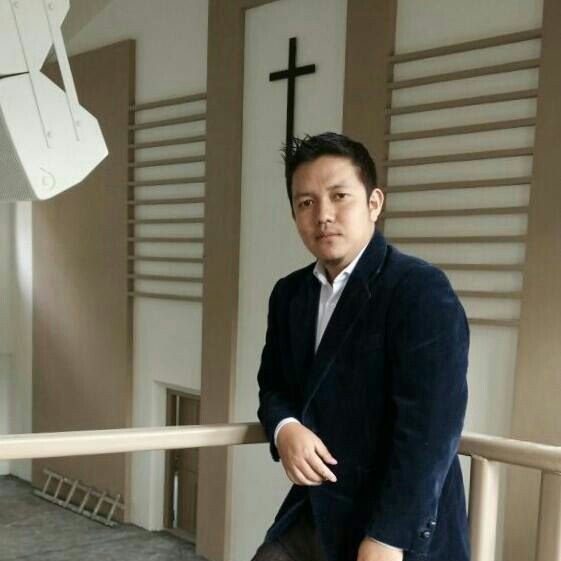
Sangtea Hmar is a passionate leader of the Youth Christian Fellowship at the Electric Vengthlang Presbyterian Church in Aizawl, Mizoram, India. He is the owner of Christiantone.com and is committed to spreading the word of God. He loves to mentor youth and help them grow in their faith.

